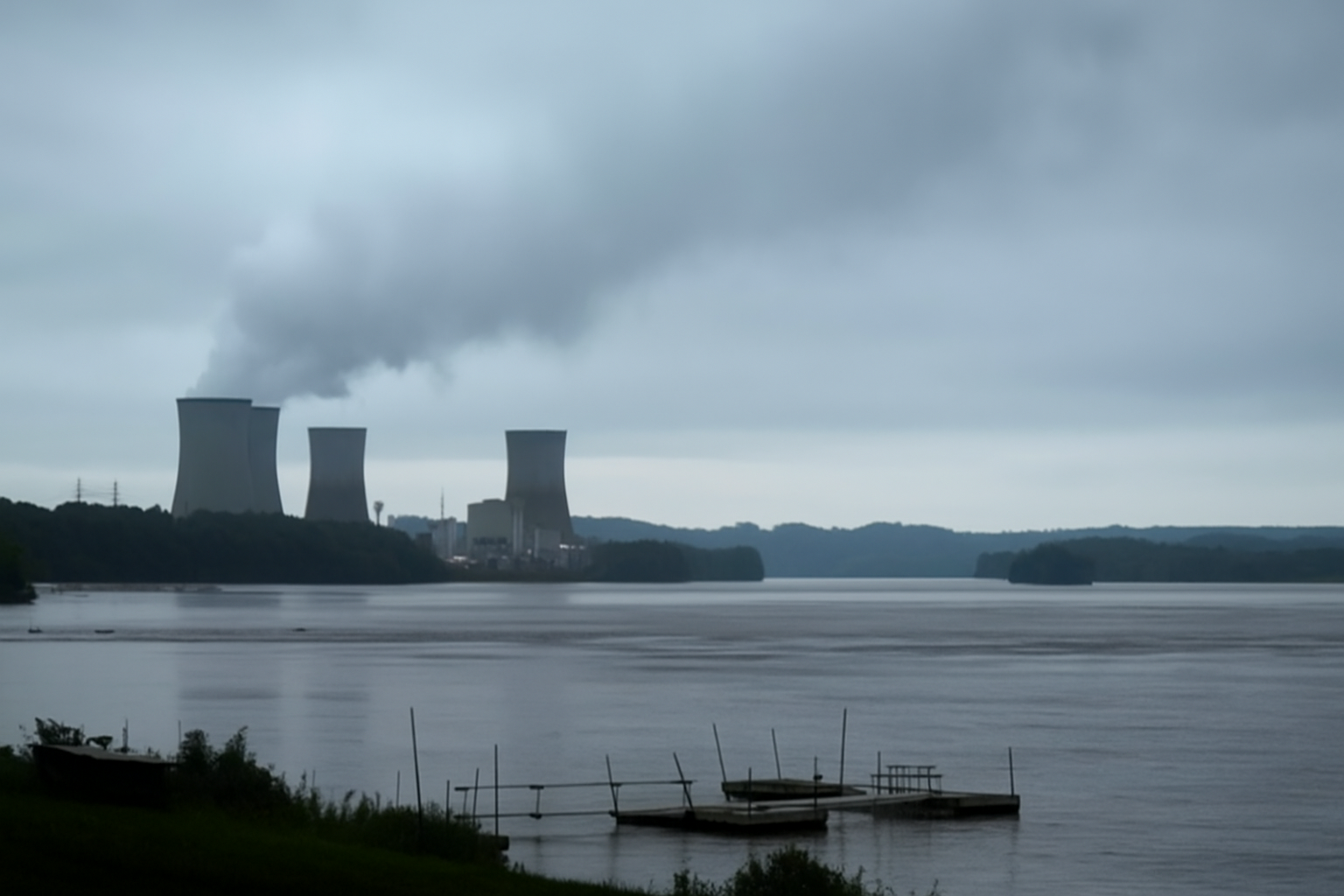



India is amending its Civil Liability for Nuclear Damage Act and Atomic Energy Act to boost its nuclear sector. The changes aim to ease strict liability rules for suppliers, paving the way for private and foreign investment in nuclear power generation and aligning India's laws with international standards.

Copyright infringement not intended
Picture Courtesy: INDIAN EXPRESS
Government to amend its nuclear liability and atomic energy laws to ease supplier liability rules and allow private players, boosting foreign investment.
India’s civil nuclear sector focuses on using nuclear energy for electricity, currently contributing 8.7 GW through 22 reactors operated by the state-owned Nuclear Power Corporation of India Limited (NPCIL).
Historically, only public sector companies like NPCIL or NTPC could operate nuclear plants, and strict laws limited private and foreign involvement. Now, the government plans to amend laws to allow private companies and attract foreign investment to meet rising energy demands and climate goals.
The reforms aim to expand nuclear capacity to 100 GW by 2047, support India’s net-zero ambitions, and revive projects stalled since the 2008 Indo-US nuclear deal. By easing legal barriers, India hopes to attract companies like Westinghouse (US) and EDF (France) and boost domestic firms like Larsen & Toubro (L&T).
In the 2025 Union Budget, Finance Minister Nirmala Sitharaman announced amendments to the Atomic Energy Act and CLNDA, with Rs 20,000 crore allocated for Small Modular Reactors (SMRs) to be operational by 2033. These changes address investor concerns and align India with global nuclear liability standards.
Governs the development, control, and use of nuclear energy in India.
Restricts nuclear plant operations to public sector entities like NPCIL.
Prohibits foreign direct investment (FDI) in nuclear operations, though equipment supply is allowed.
Proposed Amendments to the Atomic Energy Act 1962
Current Restriction => Only public sector entities can operate nuclear plants, limiting private and foreign roles.
Proposed Changes:
Open the sector to companies like Reliance, Tata Power, and Adani Power, which have shown interest in investing $5.14 billion eac.
Ensures quick compensation for victims of nuclear accidents through a no-fault liability system.
Caps operator liability at Rs 1,500 crore, with the government covering excess up to Rs 2,300 crore.
Allows operators to seek recourse from suppliers for defective equipment or services, causing concerns for investors.
Proposed Amendments to the CLNDA
Key Issue: Supplier Liability
Proposed Changes:
The Atomic Energy Regulatory Board (AERB) will ensure contracts explicitly address recourse, maintaining safety standards.
Alignment with International Standards
Convention on Supplementary Compensation (CSC) => India signed the CSC in 2010 and ratified it in 2016, but CLNDA’s supplier liability clauses conflict with CSC’s operator-only liability model. Amendments will align CLNDA with CSC, making India more attractive to foreign investors.
Revival of Stalled Projects => The amendments are critical to moving forward on long-delayed projects, notably the proposal for six reactors with French collaboration in Jaitapur, Maharashtra, and another six with US collaboration in Kovvada, Andhra Pradesh.
Private Sector Participation => The government expects the private sector to contribute significantly, potentially up to 50% of the 100 GW target. Major Indian conglomerates have expressed interest. The Bharatiya Saksham Reactor (BSR) program has also been launched to allow private firms to build reactors for captive use.
Strengthening the Indo-US Nuclear Deal => In a significant move in March 2025, the US Department of Energy cleared the transfer of SMR technology to Indian companies. This has put the onus on India to complete its legislative reforms to fully leverage the commercial potential of the Indo-US civil nuclear agreement.
Must Read Articles:
Source:
|
PRACTICE QUESTION Q. The India-US Civil Nuclear Deal has remained largely on paper due to liability issues. Critically Analyze. 150 words |








© 2025 iasgyan. All right reserved